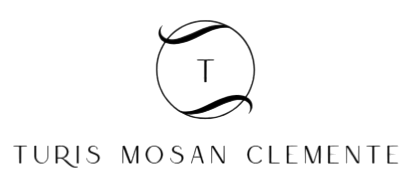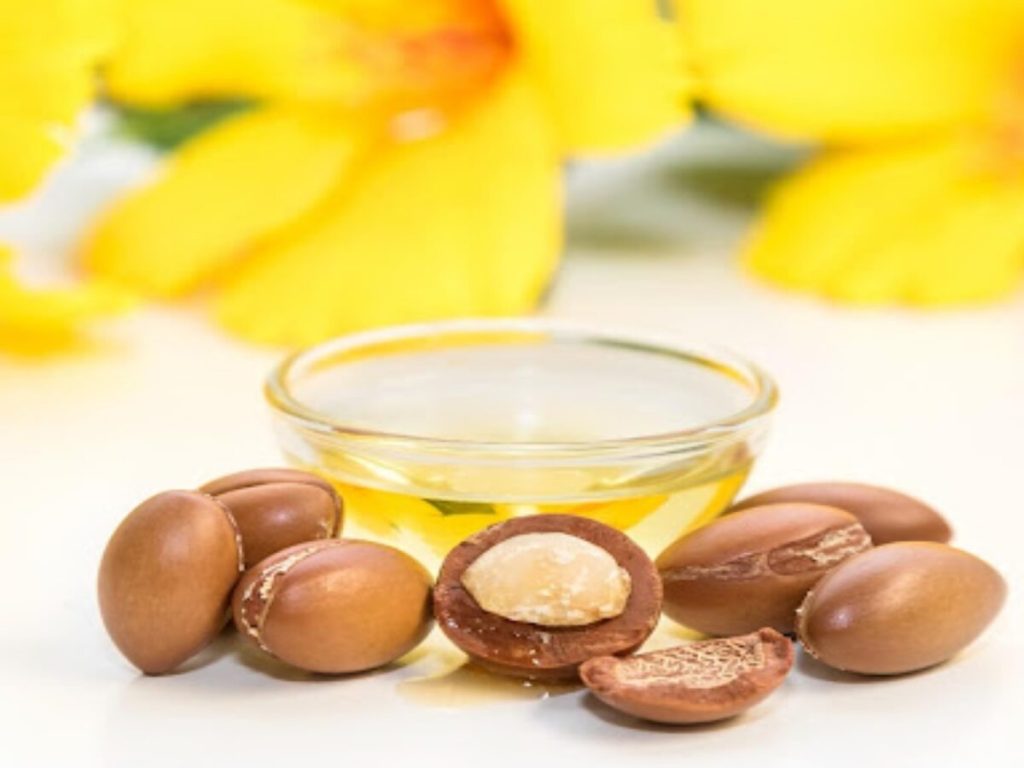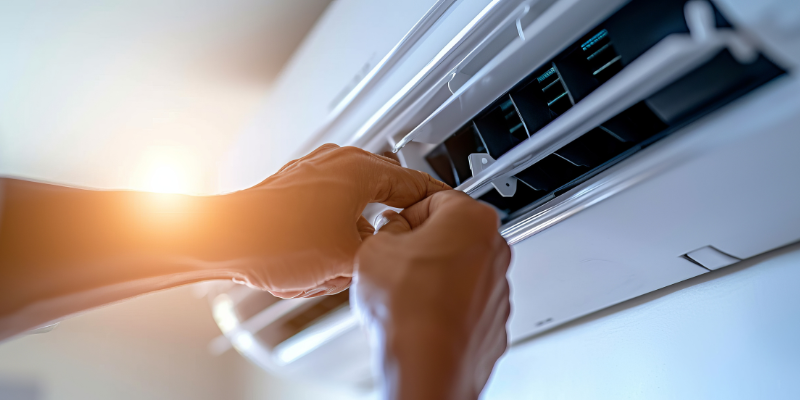Over time, computer systems might start to reduce, fight with brand-new software application, or face constant collisions as a result of out-of-date equipment and system components. Rather than changing the whole tool, full upgrades can recover efficiency and extend the life of your computer. Dependable repair services offer professional options for obsolete computers, incorporating hardware upgrades, software program optimization, and specialist care. These services make sure that your system can take care of modern applications successfully while keeping security and protection. Purchasing a full upgrade is a functional option for any person wanting to boost performance without purchasing a new computer.
Signs Your Computer Demands a Complete Upgrade
Recognizing the requirement for a complete upgrade can aid prevent data loss and improve productivity. Usual indicators include:
– Slow start-up and extended application loading
– Constant system crashes or ices up
– Failure to run brand-new software application or updates
– Not enough storage or memory issues
– Overheating or loud follower noise
Benefits of Updating an Outdated Computer System
Full upgrades provide several key advantages over merely utilizing an old system:
– Enhanced efficiency– Faster processing speeds and smoother multitasking.
– Enhanced storage– Larger disk drives or SSDs fit more documents and applications.
– Better safety and security– Updated systems lower vulnerabilities to malware and cyber threats.
– Cost-efficient solution– Updating elements is often more affordable than buying a brand-new computer.
– Extended gadget life expectancy– Specialist repairs and upgrades can add a number of years of reliable usage.
Usual Full Upgrade Providers Offered
Professional Computer Repair services for obsolete tools include a range of options:
- Hardware replacement– Installing faster cpus, extra RAM, or high-capacity storage.
- Operating system updates– Ensuring compatibility with modern software program and protection spots.
- Graphics and present renovations– Upgrading video cards or screens for better efficiency.
- Outer and connectivity enhancements– Updating ports, Wi-Fi adapters, or other elements.
- System optimization– Cleansing, defragmenting, and setting up the system for peak performance.
Tips for Keeping an Updated Computer
After a full upgrade, preserving your computer system guarantees long-term efficiency:
– Routinely run system updates and infection scans.
– Avoid straining the device with unnecessary programs.
– Keep hardware tidy and without dirt.
– Usage trusted software application for back-up and recovery of essential files.
Why Professional Repair Solutions Are Vital
Trying upgrades without correct understanding can cause compatibility problems or data loss. Dependable computer repair specialists have the experience to analyze your system, suggest the most effective upgrades, and perform installation safely. They guarantee all components interact efficiently and that your computer runs smoothly after the upgrade.
Trusted repair services for obsolete computer systems supply a practical and economical method to restore efficiency and expand gadget life. Through expert computer repair and complete system upgrades, older computer systems can handle contemporary needs, improve protection, and supply a much better user experience. Selecting expert solutions warranties that your system continues to be trustworthy, reliable, and prepared for daily usage.







